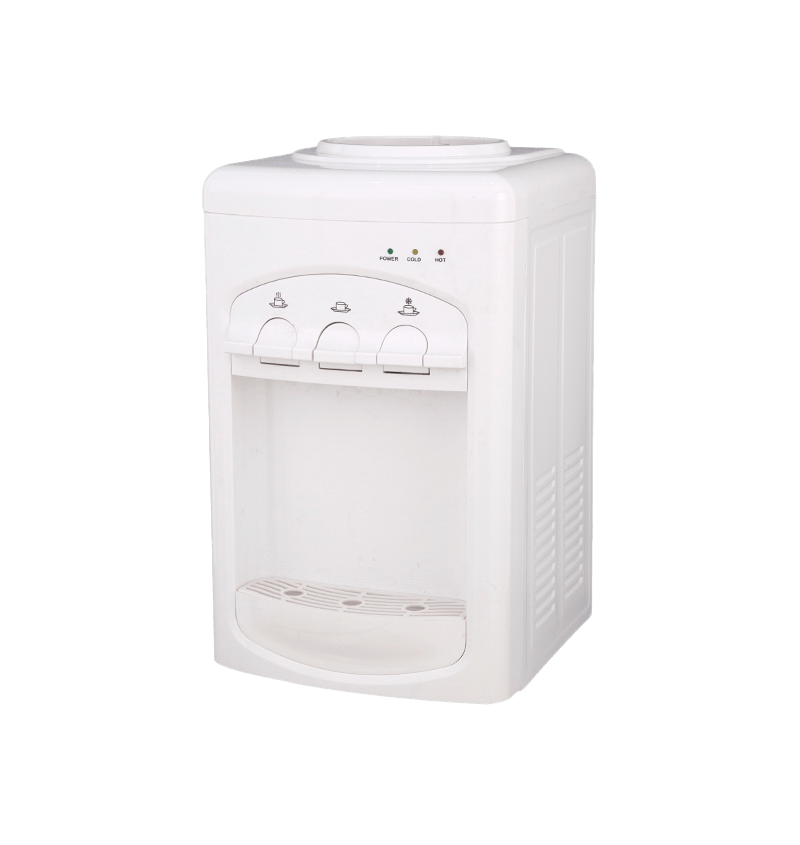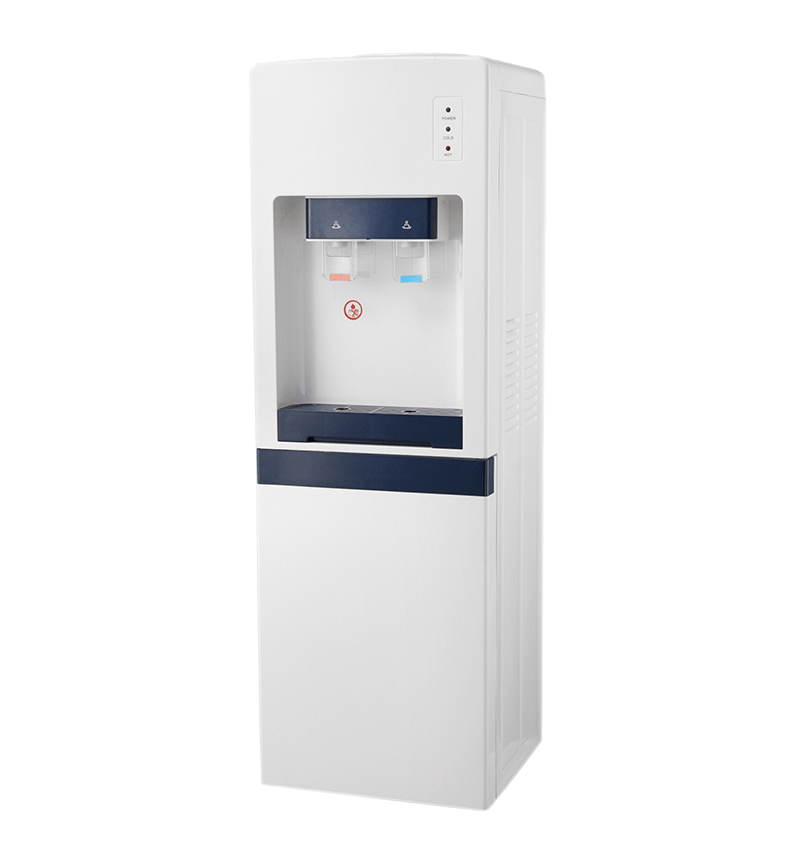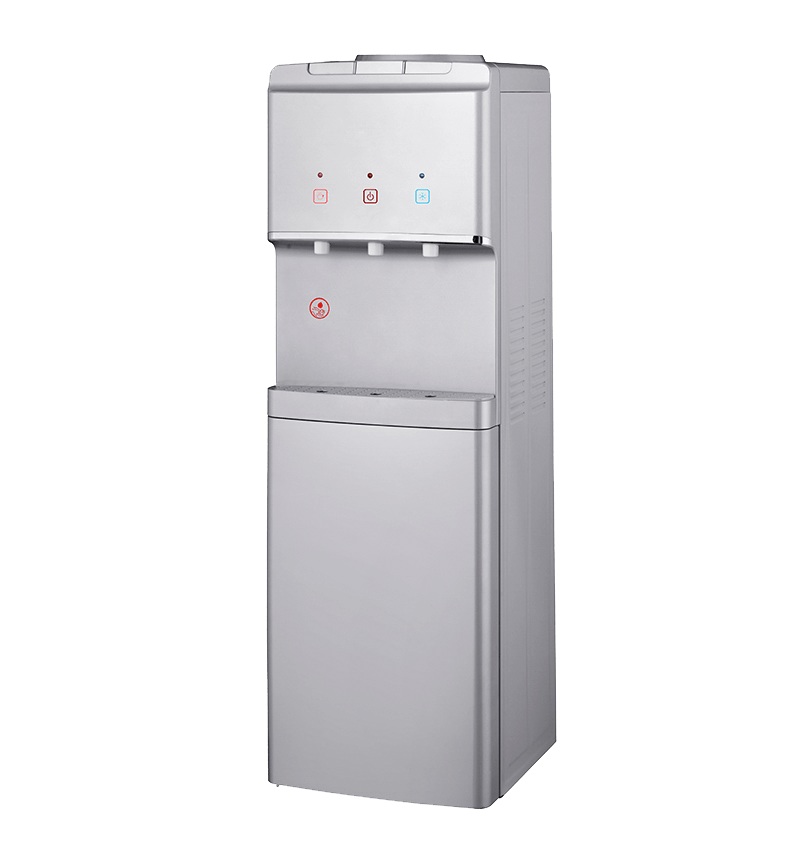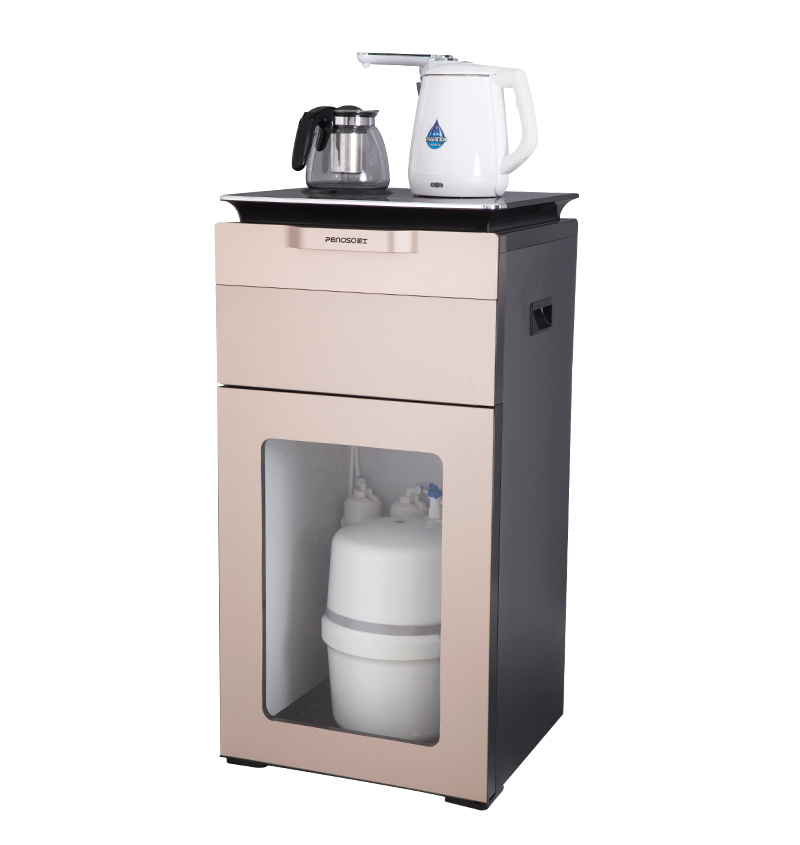During the weather, the temperature rises, bacteria and other harmful substances breed, and drinking water safety problems are concentrated. At present, domestic residents mostly use tap water as drinking water. However, the secondary water supply pollution in the community is very dangerous and poses a threat to the health of residents. This phenomenon is particularly serious in summer.
Secondary water supply refers to the form in which a unit or individual supplies water to a city's public water supply or self-built facilities through storage, pressurization, and then through the pipeline for users or for personal use. With the development of the city, secondary water supply has become an indispensable part of urban water supply. The secondary water supply link solved the problem of insufficient water supply pressure and imbalance of water supply in the city, and solved the problem of water use for residents of high-rise buildings and drip cliffs. According to relevant regulations, the water storage equipment for secondary water supply needs to be cleaned and disinfected more than once a year. However, many secondary water supply facilities have not been cleaned and disinfected for many years, leaving many hidden dangers for the public's drinking water safety.
The investigation found that the secondary water supply equipment is generally placed on the roof of high-rise buildings. Because the water tanks are mostly open and even open, especially some water tanks are prone to polluting water and polluting water quality because of poor inner wall materials. In addition to management omissions, rats and other animals climbed into the water tank, and reports of water pollution in the bodies were often seen.
In the author's interview, the majority of the respondents were unclear about the concept of secondary water supply, and that the water flowing out of the home or unit faucet is the factory water of the waterworks. In addition to the logistics management personnel, some units also have unclear understanding of this. They do not apply for a sanitation permit for the secondary water supply system and do not pay for cleaning and disinfection. Such a species is the root cause of the safety hazard of secondary water supply in most communities. This phenomenon is not eradicated and the health of residents' drinking water cannot be guaranteed.
During the weather, the temperature rises, bacteria and other harmful substances breed, and drinking water safety problems are concentrated. At present, domestic residents mostly use tap water as drinking water. However, the secondary water supply pollution in the community is very dangerous and poses a threat to the health of residents. This phenomenon is particularly serious in summer.
Secondary water supply refers to the form in which a unit or individual supplies water to a city's public water supply or self-built facilities through storage, pressurization, and then through the pipeline for users or for personal use. With the development of the city, secondary water supply has become an indispensable part of urban water supply. The secondary water supply link solved the problem of insufficient water supply pressure and imbalance of water supply in the city, and solved the problem of water use for residents of high-rise buildings and drip cliffs. According to relevant regulations, the water storage equipment for secondary water supply needs to be cleaned and disinfected more than once a year. However, many secondary water supply facilities have not been cleaned and disinfected for many years, leaving many hidden dangers for the public's drinking water safety.
The investigation found that the secondary water supply equipment is generally placed on the roof of high-rise buildings. Because the water tanks are mostly open and even open, especially some water tanks are prone to polluting water and polluting water quality because of poor inner wall materials. In addition to management omissions, rats and other animals climbed into the water tank, and reports of water pollution in the bodies were often seen.
In the author's interview, the majority of the respondents were unclear about the concept of secondary water supply, and that the water flowing out of the home or unit faucet is the factory water of the waterworks. In addition to the logistics management personnel, some units also have unclear understanding of this. They do not apply for a sanitation permit for the secondary water supply system and do not pay for cleaning and disinfection. Such a species is the root cause of the safety hazard of secondary water supply in most communities. This phenomenon is not eradicated and the health of residents' drinking water cannot be guaranteed.
Safe drinking water
Compared with traditional drinking water such as tap water and bottled water, purified water is a more advanced way of drinking water. It uses pure physical means and multiple filter combinations to purify tap water. It can effectively remove harmful substances such as bacteria, viruses and heavy metal ions in water, and obtain healthy and safe pure water. The use of purified water dispensers is currently the best way to solve drinking water safety problems and combat secondary water pollution.
Drinking water safety is related to the health of residents and to the national economy and people's livelihood. On the occasion of summer, Century Fengyuan appealed to consumers to use water purifiers early to protect themselves and their families from the threat of drinking water safety such as secondary water pollution, and to live a healthy new life as soon as possible.
-

Table Top Hot Cold Warm Water Dispenser PS-STR-63
-

Home Style Compressor Cooling RO Water dispenser PS-RO-102
-

Hot And Cold And Warm Water With CompressorRO Water dispenser PS-RO-103S
-

Oem Factory Korea Three Faucets Standing RO Water dispenser PS-RO-104S
-

Hot tank for female taps
-

home or office Tea machine PS-T-A9
-

Stand Bottle Water Dispenser PS-SLR-22A
-

Low Noise Floor Standing Digital Electronic Water Dispenser PS-SLR-37F



 English
English عربى
عربى Português
Português Español
Español
